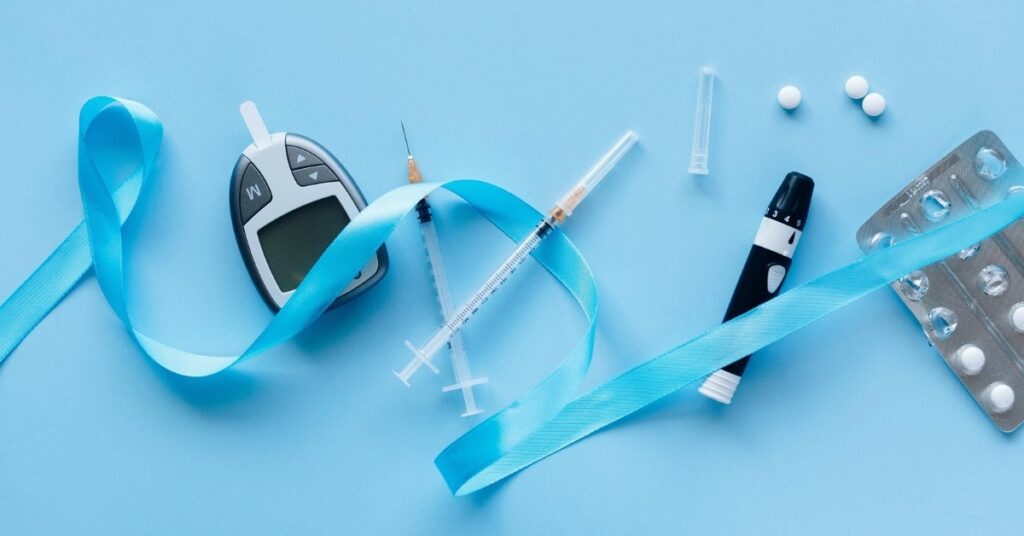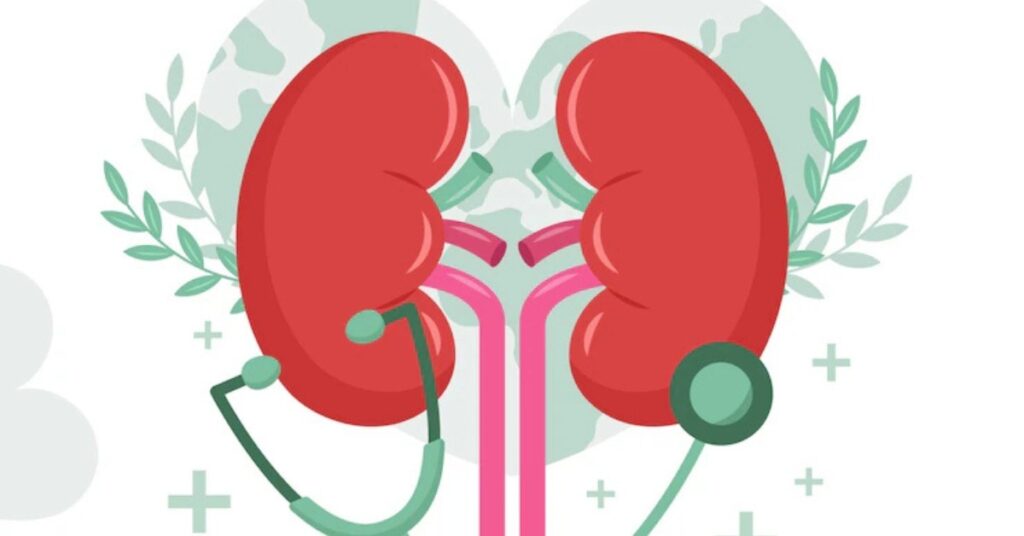If you’re experiencing irregular periods, severe cramps, or unusually heavy bleeding, it might not be “just your period” — these could be early warning signs of PCOS.

Polycystic Ovary Syndrome (PCOS) is a common hormonal disorder that affects women of reproductive age. While its causes are not fully understood, early signs often show up in your menstrual cycle. Irregular periods or other cycle-related symptoms are sometimes the first red flags. Checking your menstrual health closely can help detect PCOS in its early stages, giving you a better chance at managing it effectively through lifestyle changes or medical treatment. Here’s a detailed guide on how to evaluate your menstrual health for early signs of PCOS.
Understand What a “Normal” Cycle Looks Like
Before identifying what’s abnormal, it’s essential to understand what a typical menstrual cycle involves. A healthy cycle usually lasts between 21 to 35 days, counting from the first day of one period to the first day of the next. Bleeding typically lasts from 2 to 7 days. Some variation is normal, but large inconsistencies may signal an underlying issue. If your periods are consistently too long, too short, or unpredictable, it may be time to look deeper.
Track Your Period Regularly
Keeping track of your cycle is one of the simplest and most effective ways to monitor your reproductive health. You can use period tracking apps, a journal, or a calendar to record the start and end dates of your periods, flow intensity, and any symptoms such as cramps, bloating, or fatigue. Over a few months, this data can help you spot patterns. Women with PCOS often experience irregular or missed periods, sometimes going months without bleeding.
Watch Out for Irregular or Missed Periods
One of the earliest and most common signs of PCOS is an irregular menstrual cycle. This can mean your periods are spaced out more than 35 days apart, or you get fewer than eight periods a year. Some women may even stop menstruating altogether. If your periods are unpredictable or completely absent for a prolonged time, it could be a sign that your body is not ovulating regularly — a key feature of PCOS.
Note Any Unusual Bleeding or Spotting
Occasional spotting can happen due to hormonal fluctuations, but frequent or unexplained spotting between periods might indicate a hormonal imbalance. In PCOS, the uterine lining can build up for long periods due to lack of regular shedding, and this sometimes results in random heavy bleeding or spotting. If you notice erratic bleeding patterns, it’s best to consult a healthcare professional.
Observe Other Symptoms Alongside Period Changes
Menstrual irregularities alone don’t confirm PCOS. The syndrome also causes a range of other symptoms due to elevated levels of androgens (male hormones) in the body. These symptoms often accompany changes in your cycle. Look for:
- Acne or oily skin, especially along the jawline.
- Excess facial or body hair (hirsutism).
- Thinning hair on the scalp.
- Sudden weight gain or difficulty losing weight.
- Dark patches of skin (acanthosis nigricans), often on the neck, groin, or underarms.
When these signs occur along with irregular periods, the likelihood of PCOS becomes stronger.
Also Read: 5 Biggest Triggers of Breast Cancer, According to Experts
Monitor Emotional and Physical Symptoms
Women with PCOS may also experience mood changes such as anxiety, depression, or increased stress, often tied to hormonal imbalances. Fatigue and low energy levels can also be present. Keeping a record of your emotional and physical health in relation to your cycle can offer helpful insights for early diagnosis.
Check for Signs of Ovulation
Ovulation is a key part of a healthy menstrual cycle. Some women use ovulation predictor kits or monitor physical signs like cervical mucus changes or a mid-cycle rise in basal body temperature. In PCOS, due to infrequent or absent ovulation, these signs may be irregular or absent. A consistent lack of ovulation can be an indicator that the ovaries are not functioning properly.
Family History Matters
PCOS tends to run in families, so knowing your family history is important. If your mother or sisters have been diagnosed with PCOS or had menstrual irregularities, your risk may be higher. Combine this information with your personal symptoms for a clearer picture.
Consult a Doctor for Hormonal Testing and Ultrasound
While self-monitoring is valuable, only a healthcare provider can give a conclusive diagnosis. If you suspect PCOS based on your menstrual patterns and other symptoms, your doctor may order blood tests to check hormone levels and insulin resistance. An ultrasound may also be performed to look for multiple small follicles (commonly referred to as “cysts”) on the ovaries, though not all women with PCOS have them.
Take Action Early
Catching PCOS early allows you to manage it better. Lifestyle changes such as maintaining a healthy diet, exercising regularly, and managing stress can greatly improve symptoms and reduce long-term health risks like type 2 diabetes, infertility, and heart disease. Some women may need medication to regulate their periods, manage acne or hair growth, or support fertility.
Also Read: Why You Shouldn’t Miss Jamun This Season: Top Health Benefits of the Purple Superfruit
Final Thoughts
Your menstrual cycle is more than just a monthly event — it’s a vital sign of your overall reproductive health. Irregularities, especially when paired with other physical or hormonal symptoms, shouldn’t be ignored. If you notice consistent changes, don’t delay in seeking medical guidance. Monitoring your cycle closely empowers you to take control of your health and get timely help if needed. Early detection of PCOS can significantly improve your quality of life and long-term wellness.
Disclaimer: This article is intended for informational purposes only and should not be taken as medical advice. If you are experiencing irregular periods or other concerning symptoms, please consult a qualified healthcare professional for proper diagnosis and treatment.












